What are the ingredients of a smart home? Will smart tech change how we design residential spaces? Indesign Media recently partnered with BSH Group to lead a panel discussion on the smart future of our homes.

Regional delegates and speakers with members of the BSH Group team at the Andaz Singapore
August 31st, 2018
Smart technology has well and truly begun its journey into our homes. A smart home presents opportunities for convenience, control and safety that not so long ago were purely in the domain of science fiction.
Running out of milk? Not to worry, your fridge can order more for you. With applications like Home Connect, companies such as Bosch Home Appliances are on the front foot in terms of offering the software that enables its appliances to be controlled and monitored remotely.

From left: Tan Jiann Woei (DP Architects), John E. Tan (ABB), Narelle Yabuka (Indesign Media Asia), June Tee (BSH Group), Jonathan Quek (RT+Q Architects) and Alan Fan (Topos Architects and Topos Design)
BSH Group, the largest home appliance manufacturer in Europe with Bosch, Gaggenau, Siemens, Neff and ten other home appliances brands in its portfolio, recently partnered with Indesign Media to host a B2B seminar event for ASEAN delegates at the Andaz Singapore hotel, followed by a Home Connect VR experience and a five-course lunch at the Bosch Experience Centre.
The seminar, moderated by Indesignlive.sg, Indesignlive.hk and Cubes Editor Narelle Yabuka, was titled ‘Smart Today. Smart Tomorrow.’ and featured three leading architecture and design practitioners as well as an expert in smart technology products. They discussed today’s smart home preferences, the pros and cons of current smart home technology, and the impact it might have on how homes are designed in future.
The take-up rate of smart technology for the home is mixed (for a variety of reasons) and differs in different countries around ASEAN, but all four speakers acknowledged that it’s being increasingly requested by property owners (particularly landed home owners in the case of Singapore) – for reasons that range from maximising convenience to reducing electrical and water bills.
But how can we future-proof our homes? If our lifestyles are changing because of technology, should the ways we design the spaces in our homes change too?
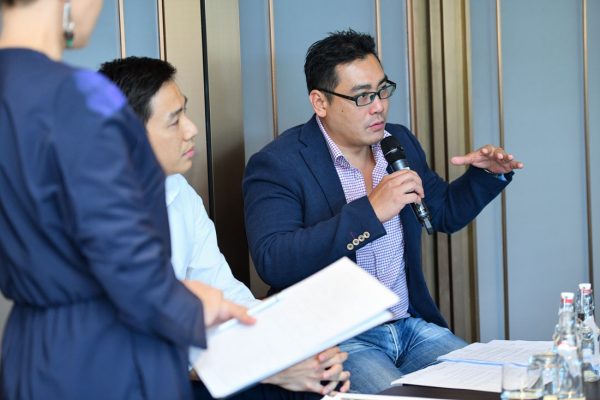
Alan Fan responding to a question from the audience
“What we’re experiencing with our clients right now is that people want homes with open spaces – fewer walls, and in some cases, walls that are moveable,” said Alan Fan, the Executive Director / Design Director of Topos Architects and Topos Design. He continued, “How do we integrate the technology? Well the technology is getting smaller. Aside from your TV and sound system, everything is on your mobile phone. So we’re designing nice spaces where you can relax and be absorbed into your mobile world.”
He also cited smart climate control via sensors within the home as an aspect that could impact planning. “We will need to design spaces that don’t exceed a particular size, because anything bigger would require you to consume more electricity via the automated system,” he said.
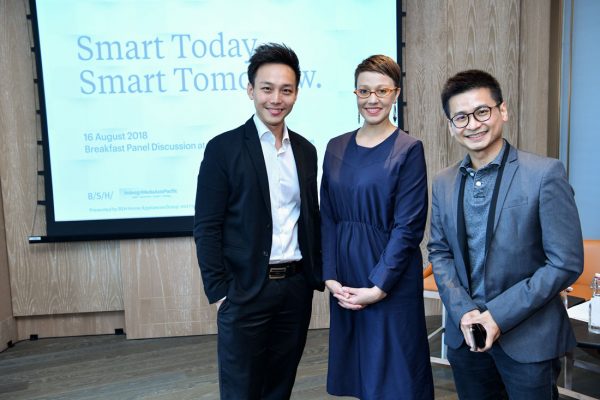
From left: John E. Tan, Narelle Yabuka and Tan Jiann Woei
“There’s not much revolution in terms of architectural elements,” suggested Tan Jiann Woei, a Director at DP Architects’ Bangkok studio. He continued, “We’ve designed moveable building facades – automated shading that moves in response to the sun. But it wasn’t human-controlled, such as by voice.”
One thing he has been asked for more, however, is smaller apartments that can be linked up to form multi-generational homes. Demand is coming from Singapore, Vietnam, Thailand and Myanmar, he said, in reference to countries in which DP has projects. “The integration of smart technologies in these small spaces will be interesting to watch,” he said. “Currently there aren’t enough developers who embrace smart technology when designing small spaces.”
John E. Tan, Smart Building Account Manager at ABB, and Jonathan Quek, a Director at RT+Q Architects, agreed on the need for a combination of wireless and wired for future proofing the home. Said Tan, “There’s a lot of technology that offers a totally wireless solution. It’s easy to implement, but the problem is stability (of the supporting WiFi). What we propose – especially for critical buildings – is technology that’s both hard-wired and wireless. We’re promoting more open systems that give you the flexibility to do future integration.”
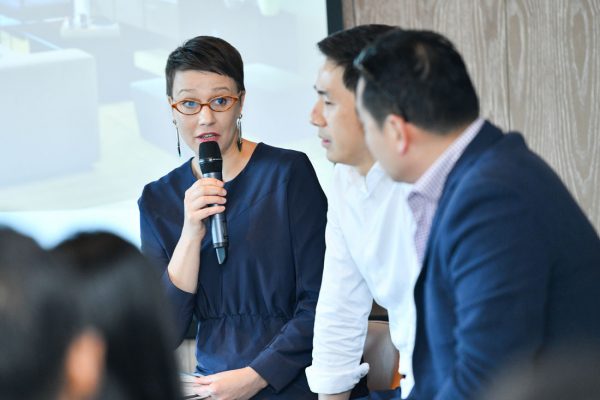
Moderator Narelle Yabuka with Jonathan Quek and Alan Fan
Quek added that the ‘veins’ of a building can be shown for easy replacement, if an innovative way to expose them can be designed. “If the conduits need to be shown, well design it nicely and let them be shown. There doesn’t necessarily have to be a false ceiling covering all the conduits and M&E elements.”
Tan sees a healthy future for smart home technology that will assist older people – something Singapore must address given the rapid ageing of its population. “How do you implement technology with sensors to make a home age-friendly or handicap-friendly?” he asked.
Another area where the interaction of older people with technology needs to be addressed is the hotel industry, he suggested. The sector is losing many of its younger customers to entities like Airbnb, he said, leaving hotels with an older cohort of customers. “They don’t want to have to figure out how to use fancy technology in their rooms,” said Tan. “It needs to be user friendly.” He suggested a good compromise would be a mixed solutions – physical switches for user friendliness, and sensors for energy saving.
“Simple things like turning switches off to save electricity – in the future, this sort of thing will be completely automated. You will not even know the technology exists,” said Tan.
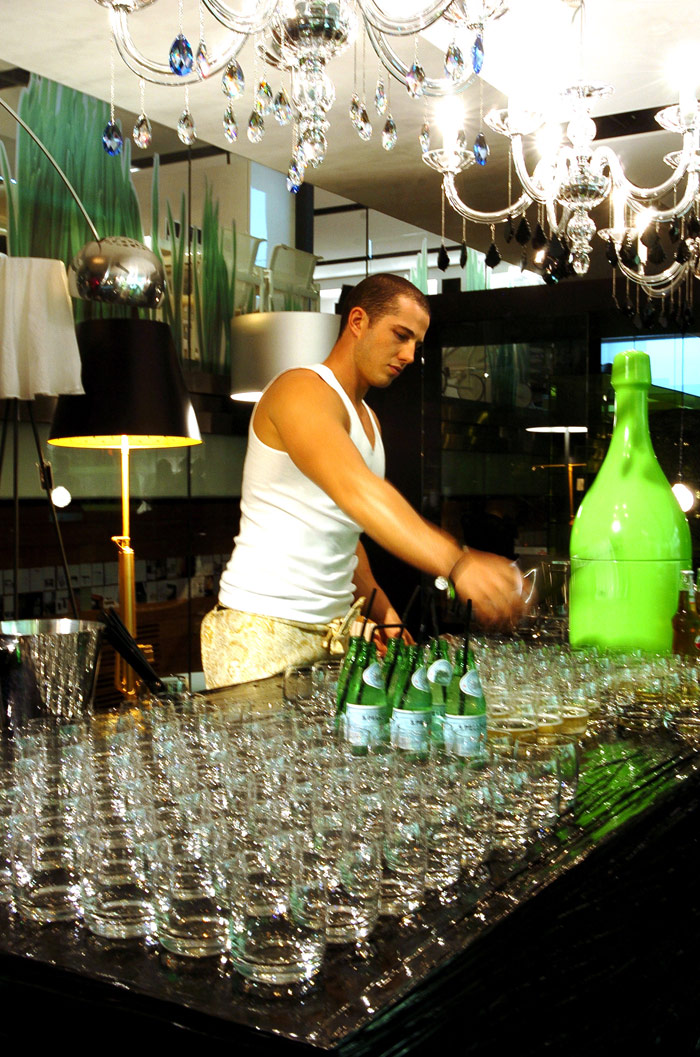
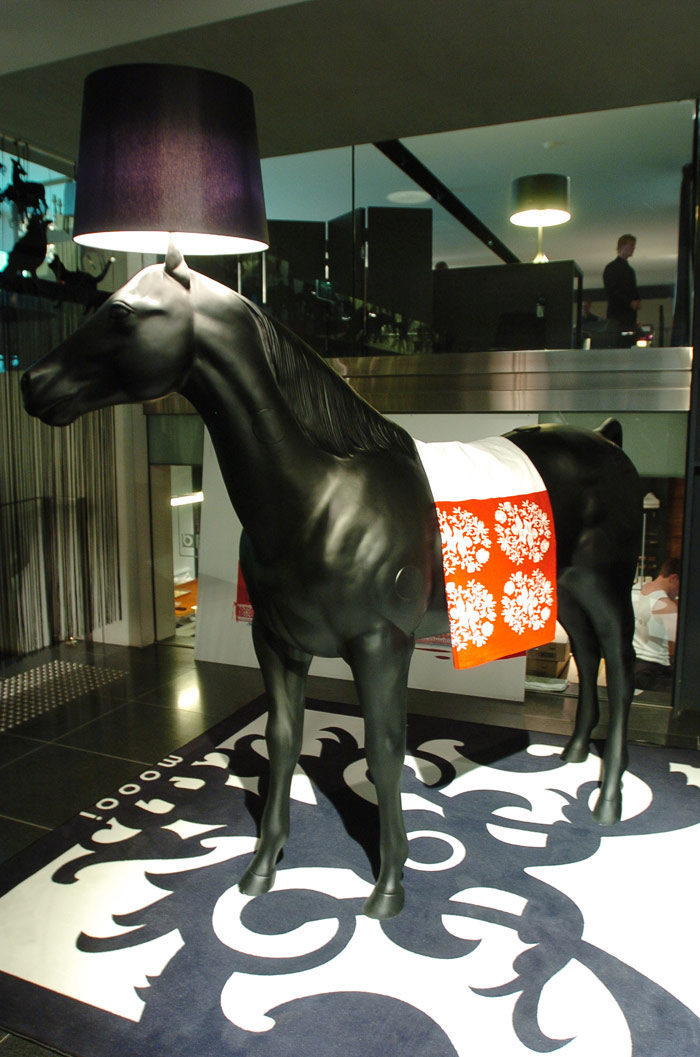
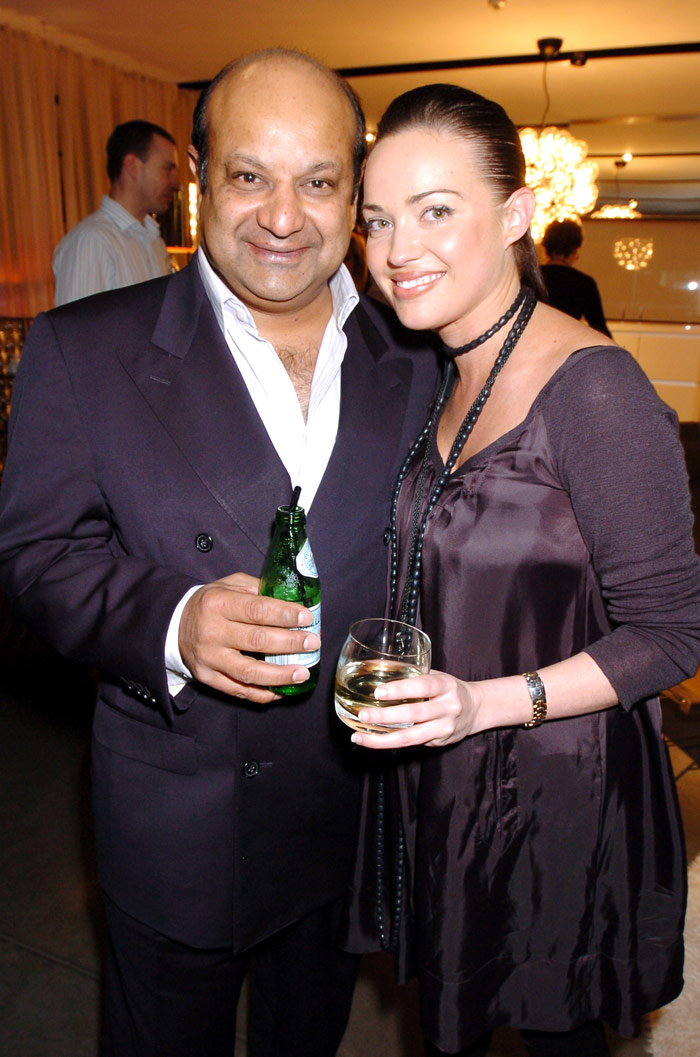

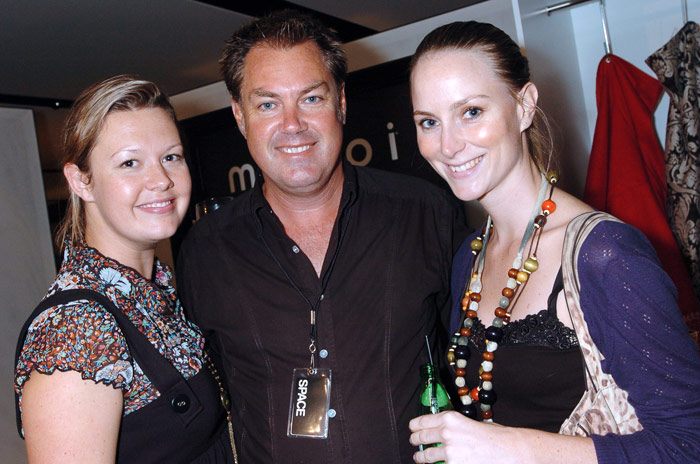
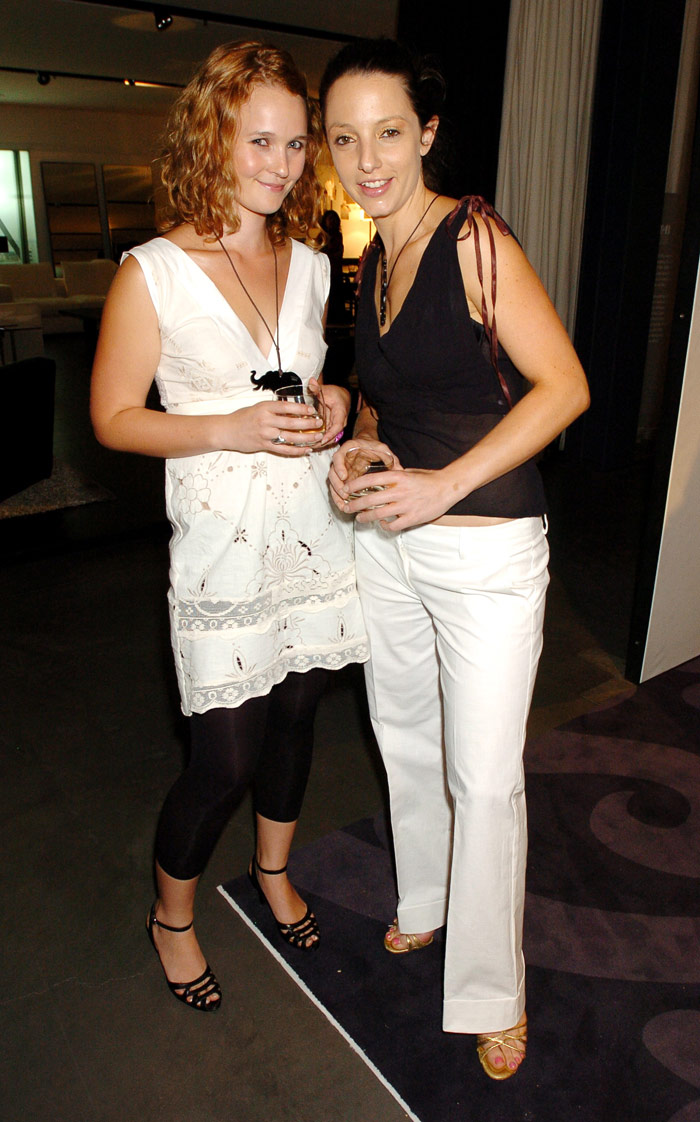
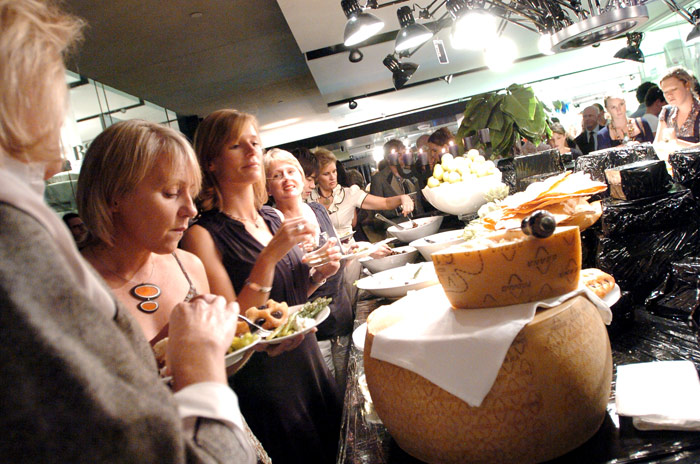
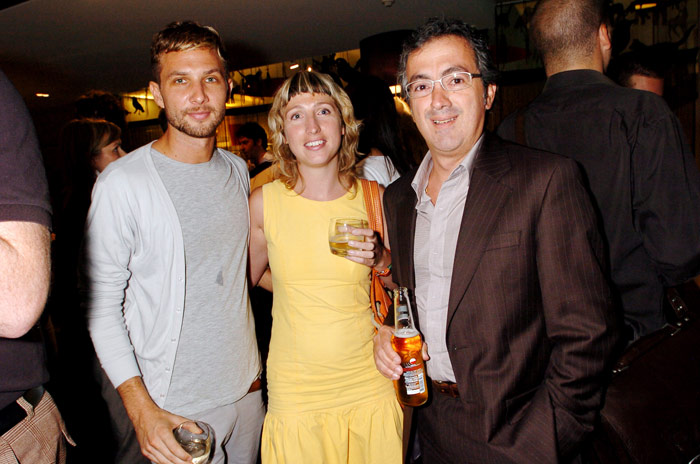


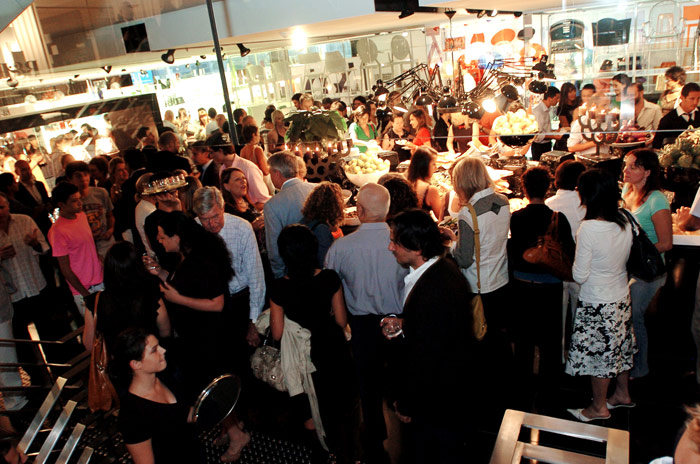
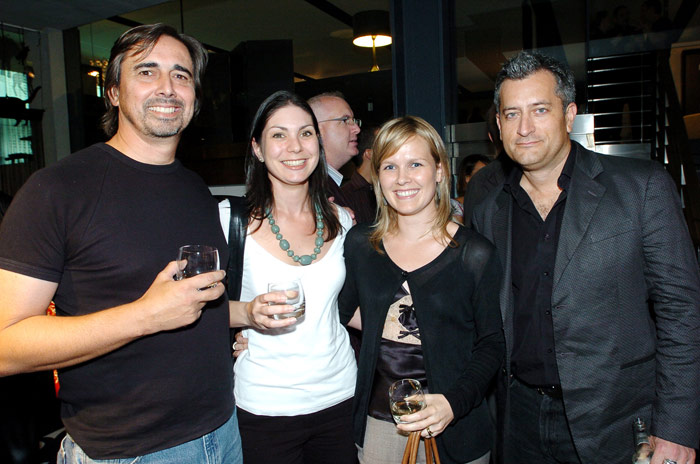
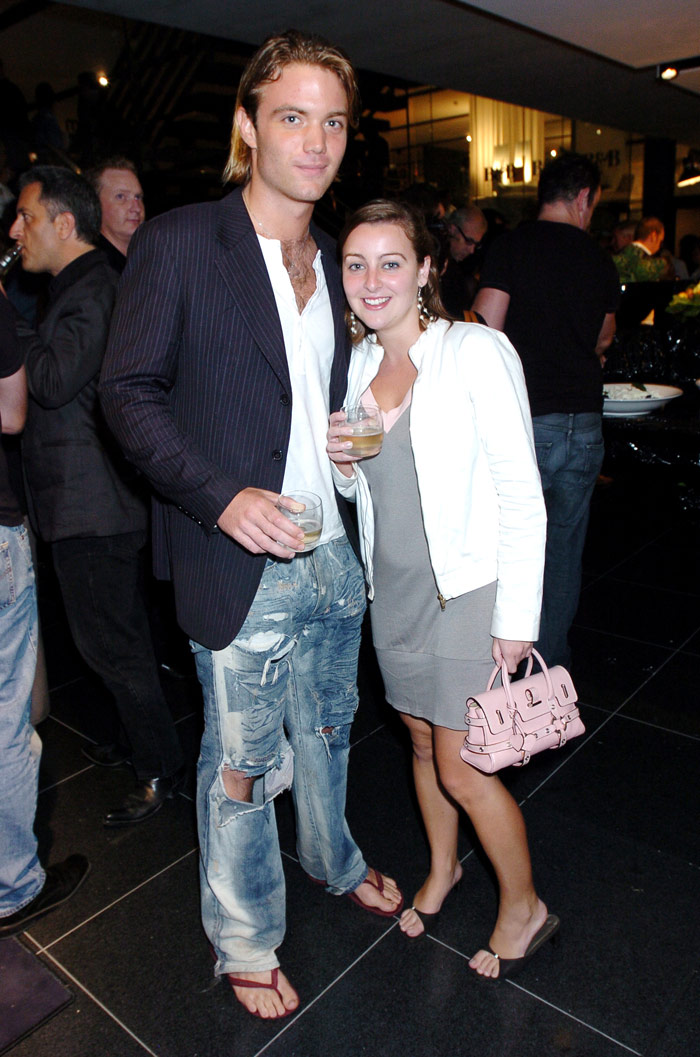
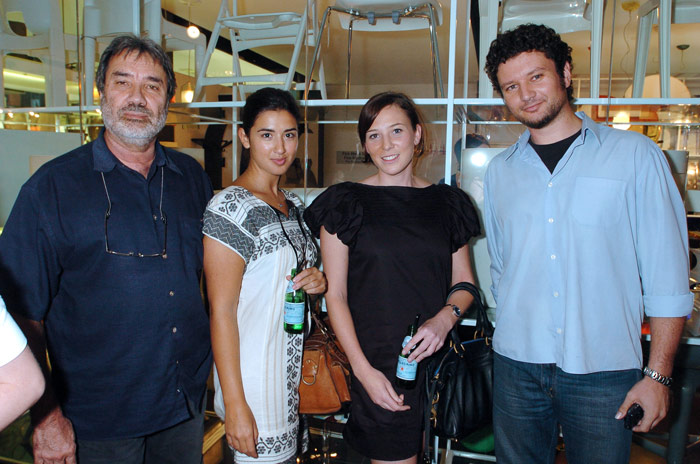
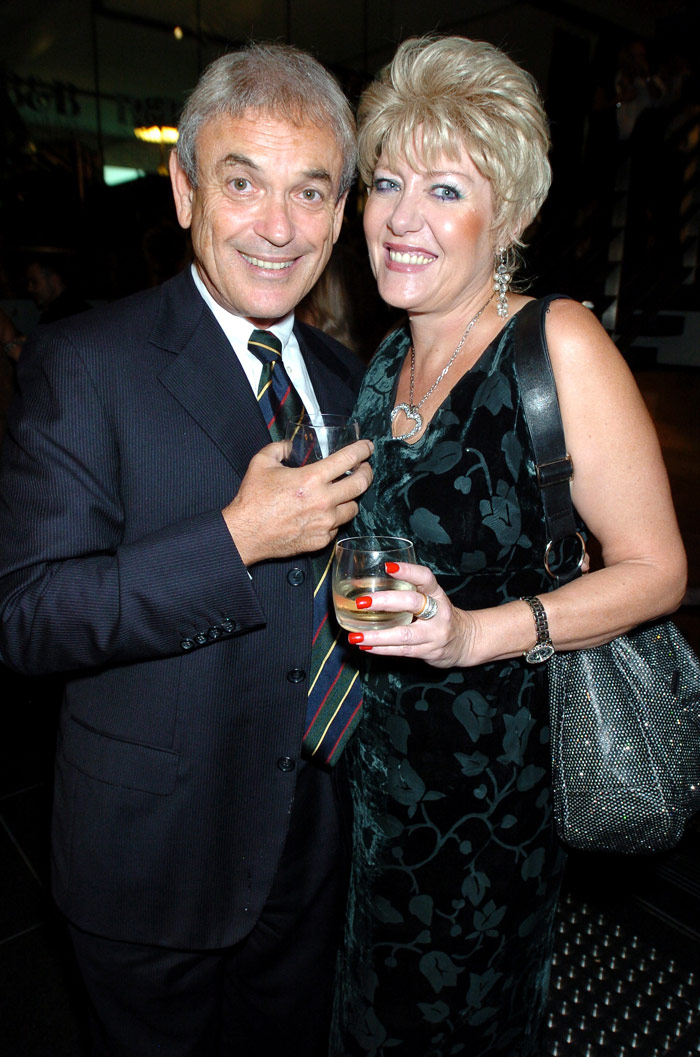
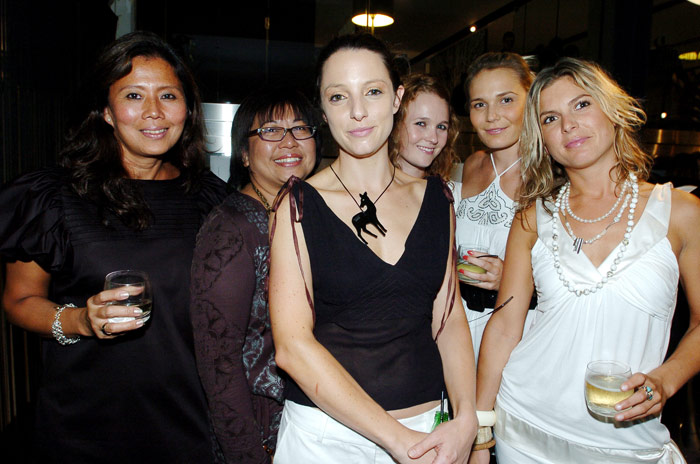

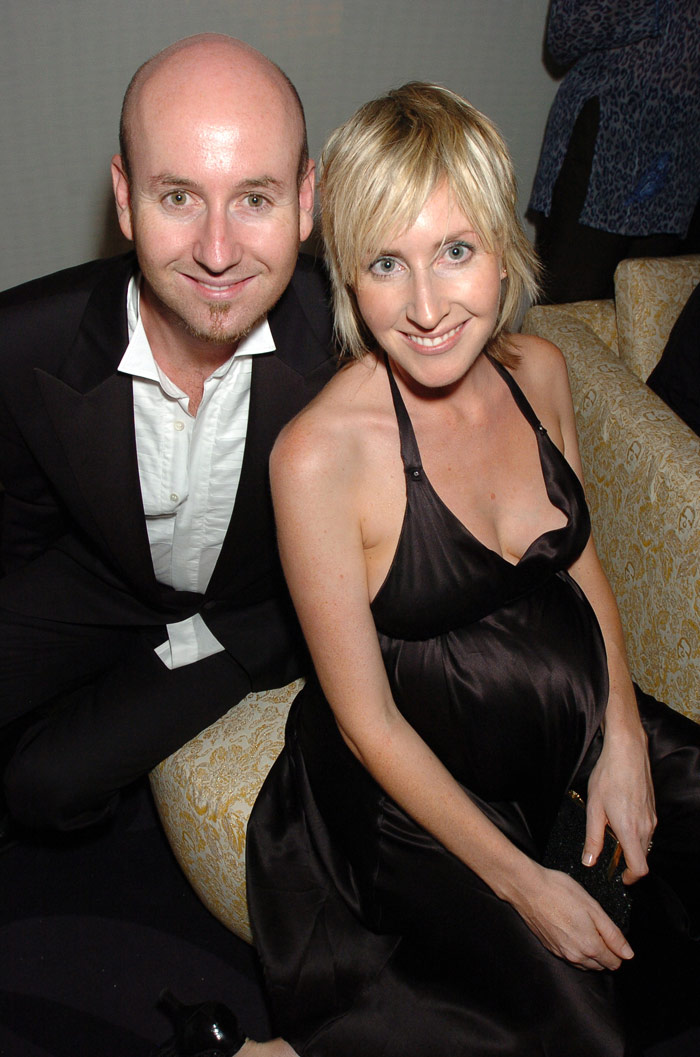
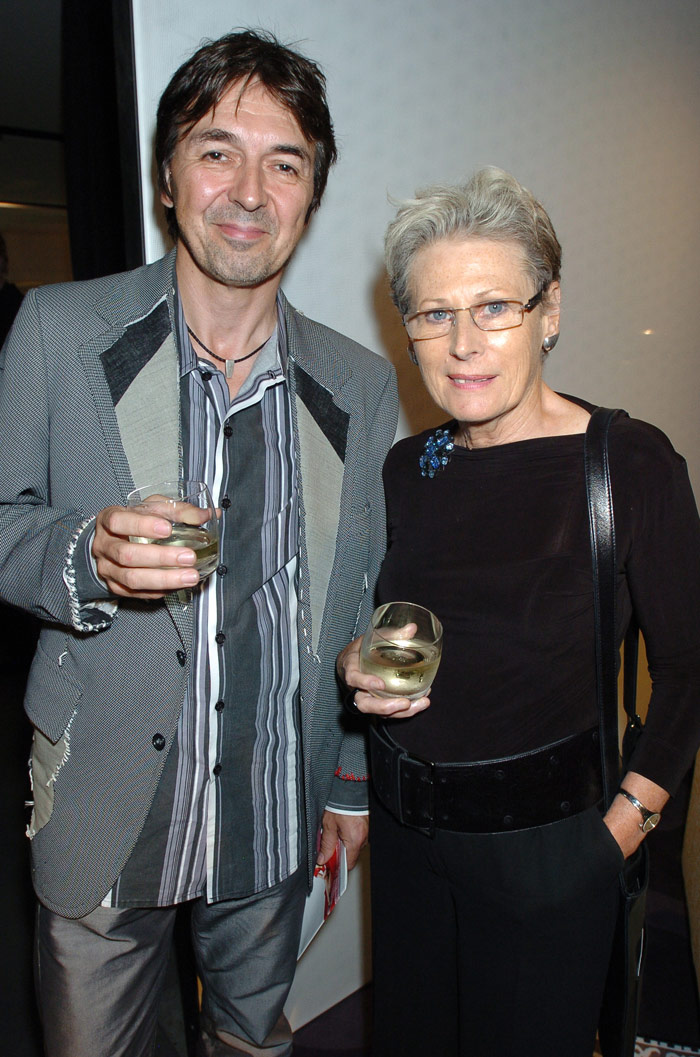
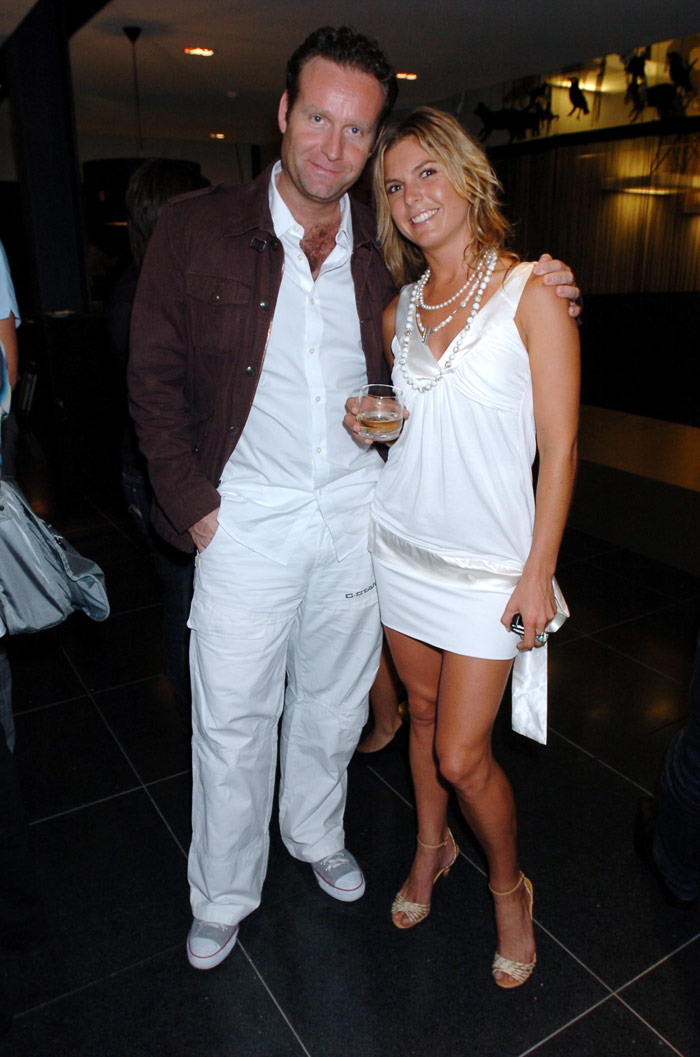
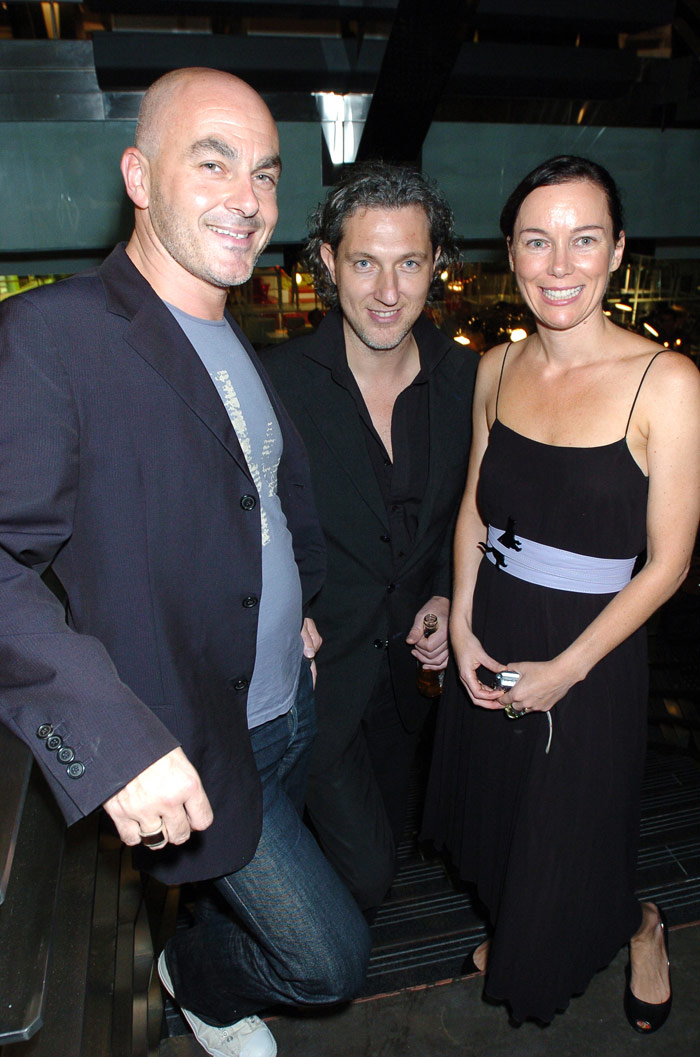
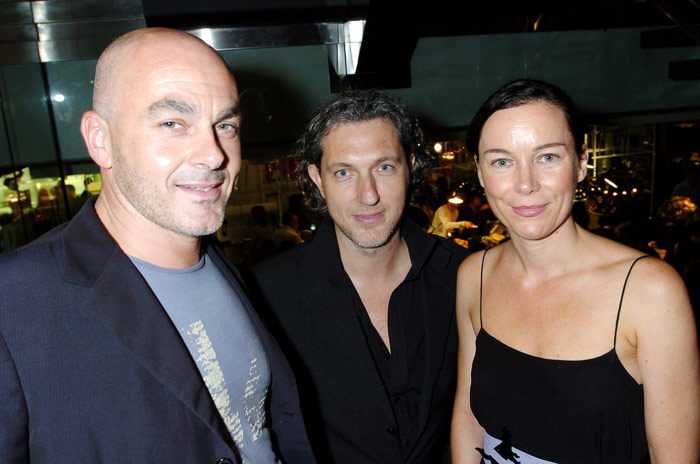
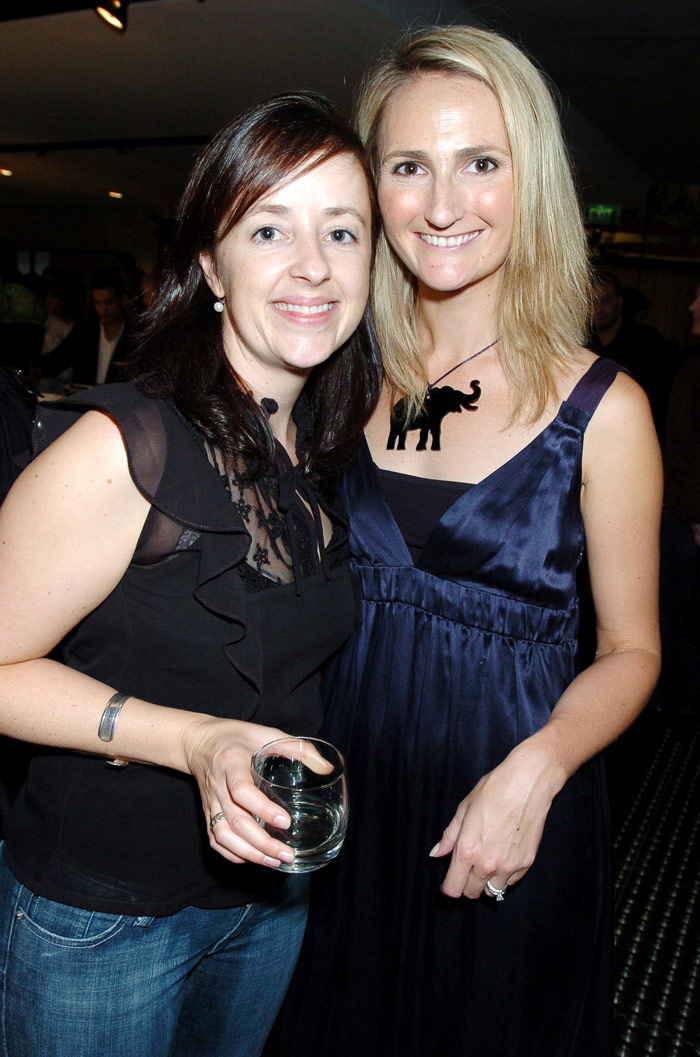

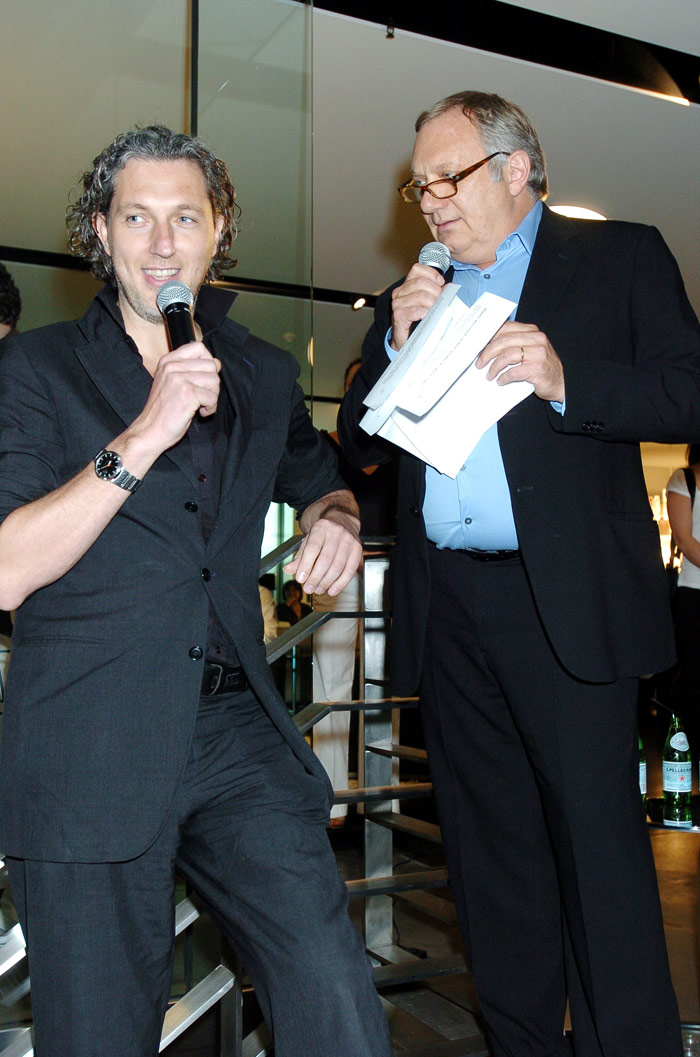
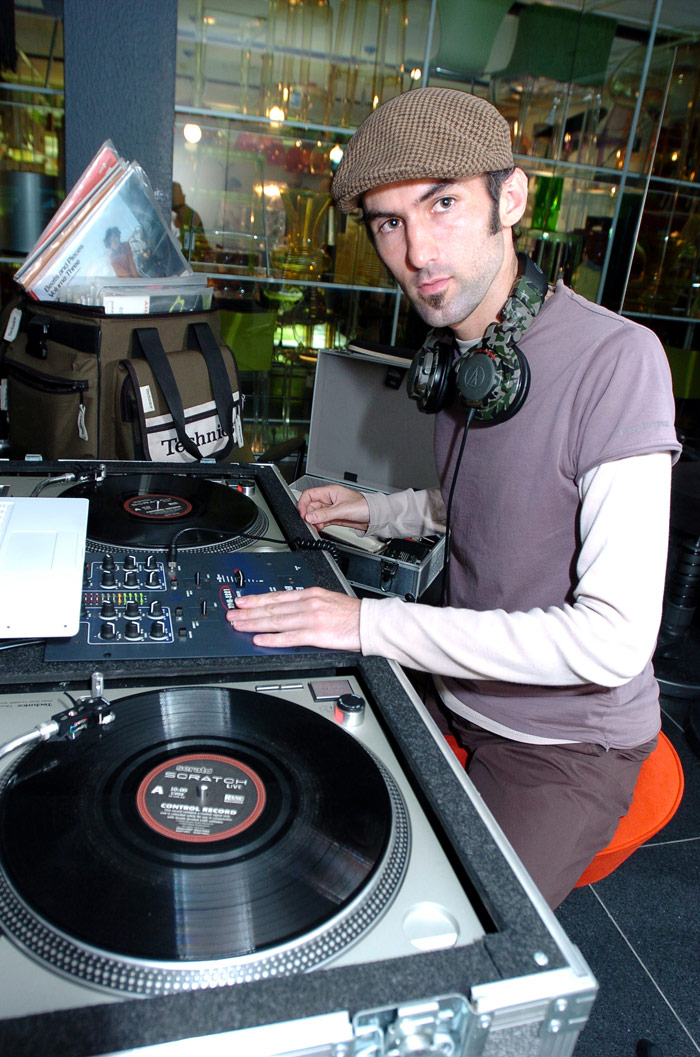

The Smart Today, Smart Tomorrow panel discussion was held on 16 August at the Andaz Singapore with lunch at the Bosch Experience Centre. Photography courtesy of BSH Group.
A searchable and comprehensive guide for specifying leading products and their suppliers
Keep up to date with the latest and greatest from our industry BFF's!

The Sub-Zero Wolf showrooms in Sydney and Melbourne provide a creative experience unlike any other. Now showcasing all-new product ranges, the showrooms present a unique perspective on the future of kitchens, homes and lifestyles.

Create a configuration to suit your needs with this curved collection.

Marylou Cafaro’s first trendjournal sparked a powerful, decades-long movement in joinery designs and finishes which eventually saw Australian design develop its independence and characteristic style. Now, polytec offers all-new insights into the future of Australian design.

In the pursuit of an uplifting synergy between the inner world and the surrounding environment, internationally acclaimed Interior Architect and Designer Lorena Gaxiola transform the vibration of the auspicious number ‘8’ into mesmerising artistry alongside the Feltex design team, brought to you by GH Commercial.

‘The Elevation of Gravity’ installation was an immersive showcase of innovation that heralded the debut of Gaggenau’s groundbreaking Essential Induction cooktop.

Simon Liley, Principal Sustainability Consultant at Cundall, writes about how cyberpunk dystopias haven’t (quite) come to pass yet – and how designers can avoid them.
The internet never sleeps! Here's the stuff you might have missed

July has arrived in Fortitude Valley, Brisbane and this exemplary luggage brand has a new home that ticks all the boxes.

The official launch of the 2024 WA Architect Awards opens today – Wednesday 1st May – with the opening of the AIA WA Awards Exhibition.